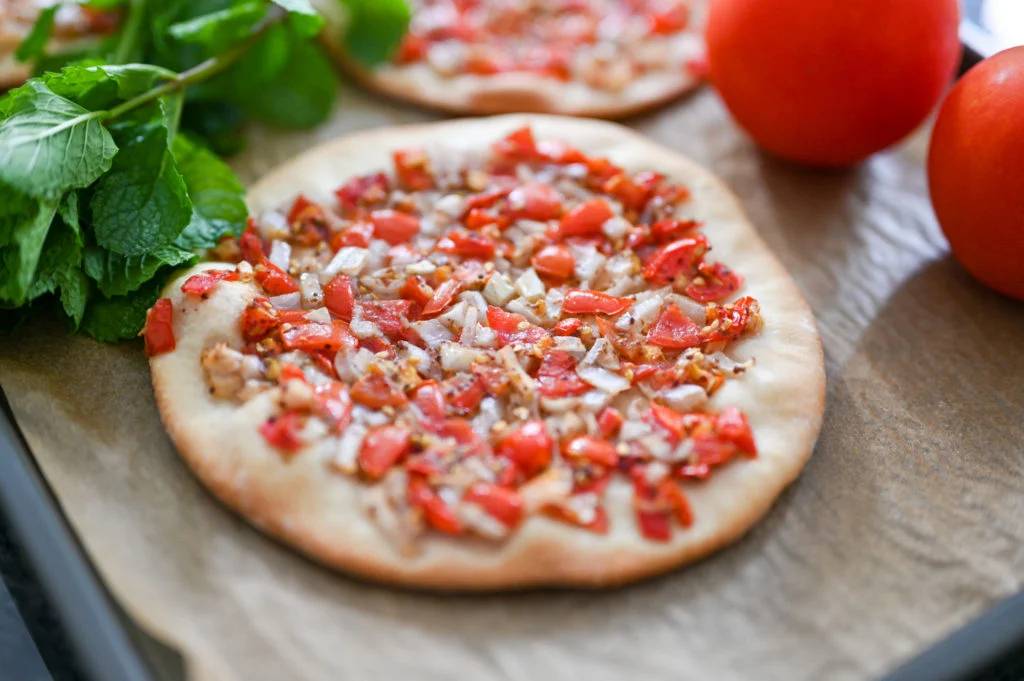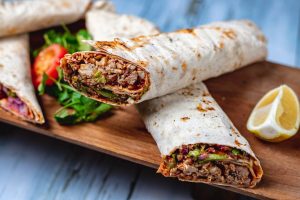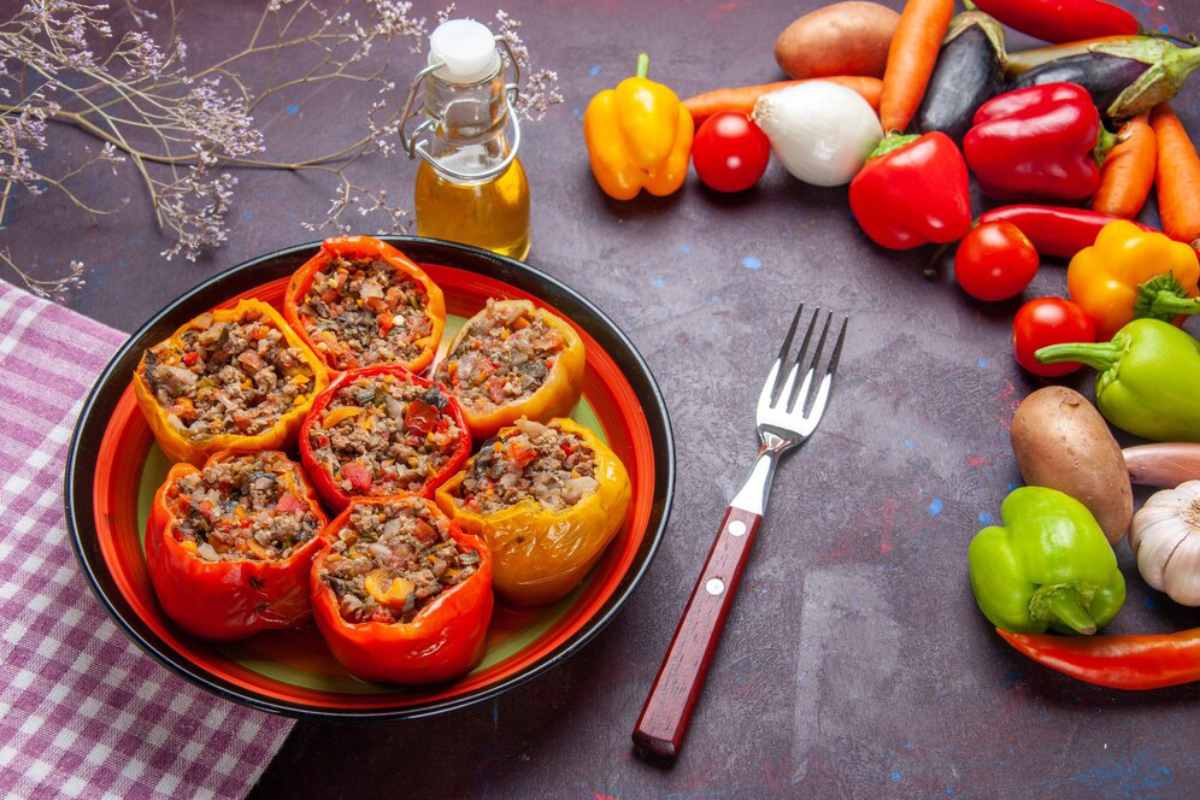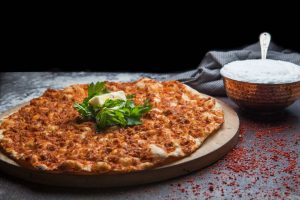The Automobiles Blog

Exploring Manakeesh: The Middle Eastern Flatbread
Picture stepping out on a busy street in Beirut or Amman early in the morning. A warm smell of baked dough with notes of thyme, cheese, and olive oil lingers, pulling you toward a small bakery where locals go for their daily fix. Welcome to the world of manakeesh—a supple Middle Eastern flatbread that’s both soothing and cultural.
Manakeesh (also spelt manakish or manakeesh) is more than food; it’s a ritual, shared often over breakfast or as a snack. Freshly baked and crowned with local loves like za’atar, cheese, or minced meat, it is beloved in homes and on street stalls throughout Lebanon, Syria, Jordan, and farther afield.
In this article, we’ll delve into the history, variations, cultural significance, and modern-day resurgence of manakeesh flatbread, offering insights into why this age-old delicacy is still one of the most popular Middle Eastern breakfast options.
The Origins of Manakeesh: A Flatbread Rooted in History
An Ancient Staple with Timeless Appeal
Flatbreads have been around for thousands of years, with archaeological evidence of their presence in the ancient Levant. However, manakeesh developed into a different variation with Lebanese and Syrian communities in the Levant region.
In former times, communal ovens were ubiquitous in villages. Women would mix dough at home, take it to the bakery, and then top it with local ingredients. This spawned the phenomenon known as manakeesh, which is highly customisable, quick to bake, and suited to feeding prominent families.
The Meaning Behind the Name
Manakeesh is derived from the Arabic root Natasha — “to carve out” or “engrave.” It describes the old method of jabbing the dough with your fingers to press on toppings — a creative yet straightforward motion that infuses each piece with a handcrafted beauty.
What Makes Manakeesh So Special?
A Flatbread for Every Palate
What sets manakeesh flatbread apart is its adaptability. The dough is usually soft, fluffy, and slightly chewy, serving as a canvas for various toppings. Some of the most common types include:
Za’atar Manakeesh combines thyme, sumac, sesame seeds and olive oil. This tangy, earthy mixture is a traditional breakfast choice.
Cheese Manakeesh uses Akkawi or Nabulsi cheese. Only mildly salty, it is creamy and goes particularly well with fresh vegetables or mint.

Meat Manakeesh (Lahm bi Ajeen) uses minced lamb or beef blended with onions, tomatoes, and spices and spread thin for a
While authentic manakeesh requires a hot stone oven, you can achieve delicious results at home with a standard oven. Here’s a basic version for a za’atar manakeesh:
For the dough:
- 2 cups all-purpose flour
- 2 tbsp olive oil
- 1 cup instant red
- 1 Onion
- 1 Pomegranate
- 1/2 tsp salt
- 3/4 cup warm water
For the topping:
- 3 tbsp za’atar spice blend
- 2 tbsp olive oil
Instructions
- Mix the flour, yeast, sugar, and salt in a bowl.
- Add olive oil and water gradually until a soft dough forms.
- Knead for 8–10 minutes until smooth.
- Let it rise in a warm place for 1 hour.
- Preheat oven to 230°C (450°F).
- Divide the dough into small balls and flatten into circles.
- Mix za’atar and oil, and spread over each circle.
- Bake for 7–10 minutes until golden.
This method offers a delightful taste of tradition with modern-day convenience.
Nutritional Value and Dietary Considerations
A Balanced Option When Prepared Thoughtfully
Manakeesh can be a nutritious option depending on the topping and flour used. Za’atar, for instance, contains antioxidants and anti-inflammatory properties due to thyme and sumac. Cheese provides calcium, while meat toppings add protein.
To make manakeesh healthier:
- Opt for whole grain flour for added fibre.
- Use low-fat cheese or plant-based alternatives.
- Bake instead of frying, and control the oil content.
It’s a versatile meal that can suit various dietary needs while being satisfying and flavourful.
Manakeesh in Pop Culture and Culinary Tourism
Appearing on the Global Culinary Stage
Manakeesh flatbread has entered global culinary discussions, from Netflix food documentaries to Michelin-reviewed Middle Eastern eateries. It’s praised not only for its flavour but also for its role as an ambassador of Middle Eastern culture.
A Must-Try for Food Travellers
For travellers keen on culinary tourism, trying manakeesh in its native context is a must. Local bakeries open as early as 6 AM in cities like Beirut or Amman, with queues forming before sunrise. This speaks volumes about the flatbread’s cultural and gastronomic significance.
More Than Just Bread
Manakeesh is more than food — it’s a story of tradition, family, community, and creativity, baked into a simple dough round. Its enduring popularity — both in the Middle East and beyond — is a testament to the ability of food to forge connections across borders, cultures and generations.
Whether you take a bite of your first za’atar-topped slice in a busy souk or replicate the dish in your kitchen, manakeesh gives a glimpse into life in the Middle East, full of flavour, history, and heart.
If you’ve never tried it, now’s the perfect time to experience one of the most cherished Middle Eastern breakfast staples. Why not visit a local Levantine bakery or try making it at home?








